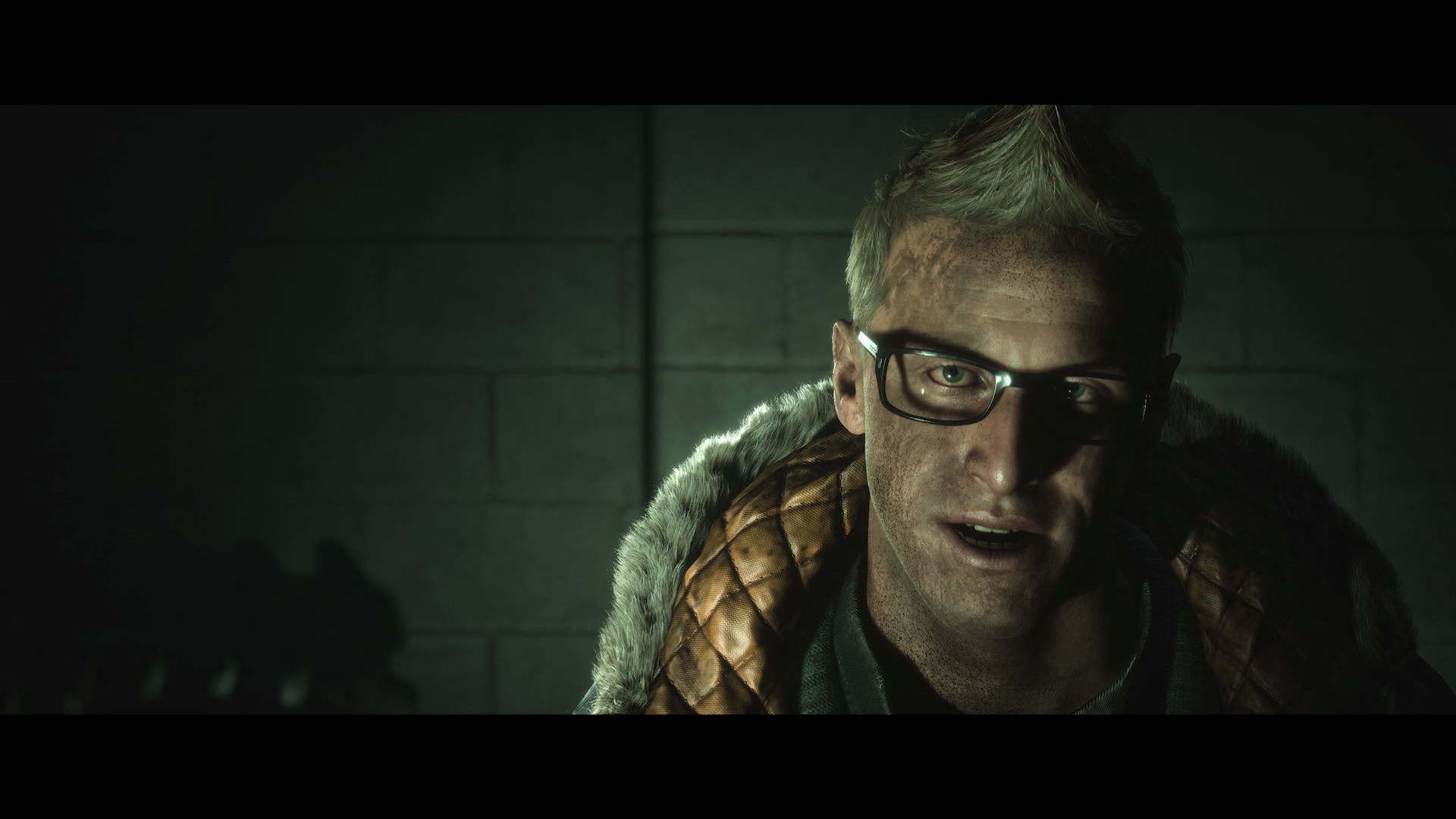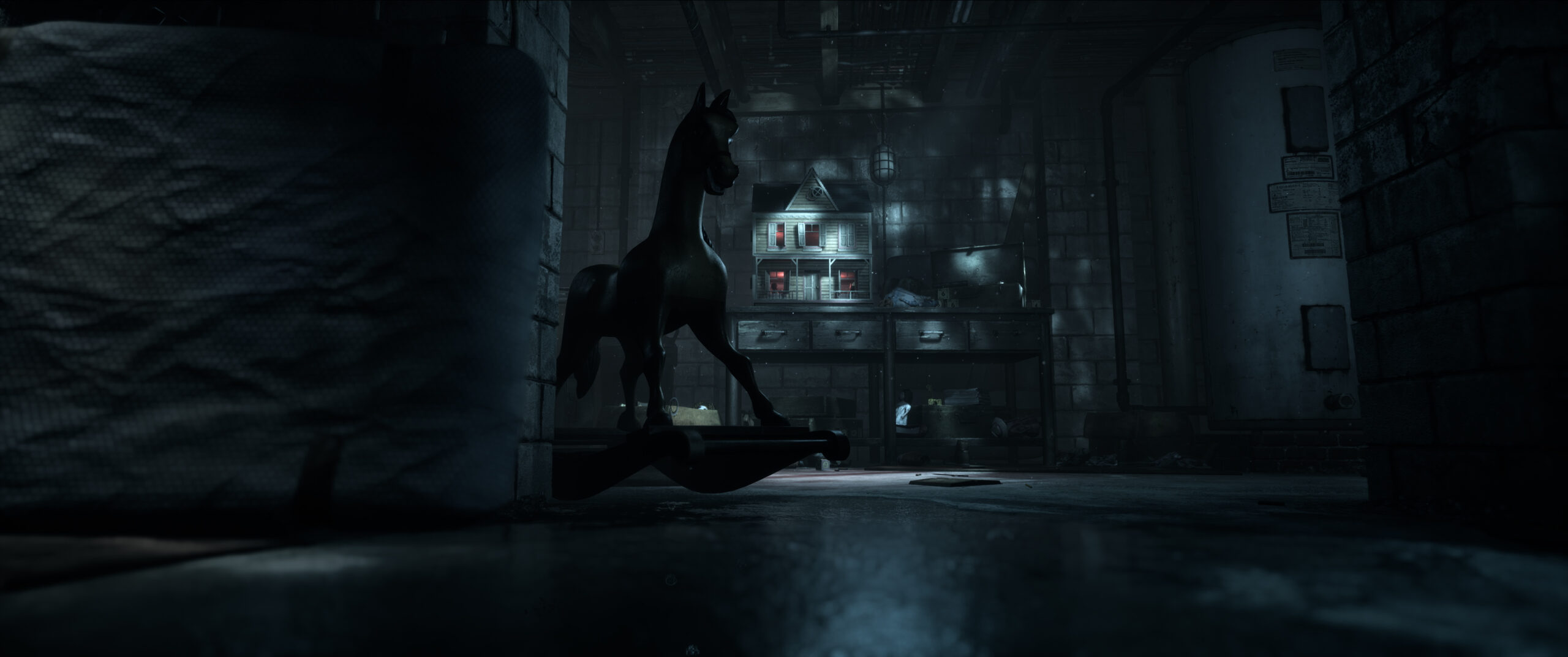Those not in the loop regarding the current state of all things Sony may not know about one of the company’s biggest issues: A sense that they’re spending more time remastering than developing new projects. While I understand the hesitation to spend money on something that you already own, especially given the cost of groceries nowadays, I do think there’s something valuable in well-done remastering, bringing games into a new generation with not just improved graphics but refined gameplay, and sometimes even new bells and whistles. And when a game is nearly a decade old, like Supermassive Games’ “Until Dawn,” and when it’s an essential entry in its genre like this wildly entertaining interactive movie, then it feels even more forgivable. (It also seems to be an underreported product of COVID and the writer/actor strikes in that normal development ground to a halt for large portions of the last five years.) Would I rather play the next “Until Dawn”? Sure. But this one is still well worth revisiting.
First released for the PS4 in 2015, “Until Dawn” is essentially a slasher flick that you control. It opens with a cruel prank and a remote mountain estate occupied by a group of young adult friends. They convince a girl that the guy she’s had a crush on is interested in her too, only to jump out from their hiding spots to mock her when she tries to get romantic. She flees into the night, trailed by her sister, and the two never come home. A year later, the friends reunite and a variation on “I Know What You Did Last Summer” unfolds. Is it one of the girls returning for vengeance? A mysterious killer that’s been rumored in the woods finishing everyone else off too? Or does someone at the house have a secret?
“Until Dawn” is heavily inspired by ‘80s and ‘90s slasher films, including the aforementioned flick about the vengeful fisherman, “Scream,” and any number of cabin in the woods flicks about beautiful people being murdered between bouts of flirtatious dialogue. One of the elements that always elevated “Until Dawn” above other interactive features is the pedigree of the people behind it. It was co-written by the legendary Larry Fessenden, a horror icon who appeared in “Wendigo,” “Brooklyn 45,” “We Are Still Here,” and so many more. He’s an icon and he knows how to nail this kind of script, one that he gives to a stellar cast that includes recognizable faces like Peter Stormare, Hayden Panettiere and a pre-Oscar Rami Malek.

So how does “Until Dawn” work? You move from character to character in different chapters, controlling them through a narrative that shifts with the choices you make. It’s not just an old-fashioned Choose Your Own Adventure game, however, as the branches and alternate plotlines here are incredibly varied. Most of the game comes down to dialogue choices, and those decisions have an impact on how the story unfolds through something the game calls “Butterfly Effect”. Come to the defense of one character during a fight, for example, and they will be a greater ally a few hours later.
And it’s not all talk. “Until Dawn” regularly explodes into action that requires quick response time on the part of the gamer, whether it’s moving a control stick in the right direction to dodge a branch on a path during a chase or pushing the right button to jump a fence—traditional hand-eye coordination aspects of gaming haven’t been completely removed here. If anything, it’s the blend of action, storytelling, and character that elevates “Until Dawn.” Many interactive games have failed in the balance, growing tedious through repetitive dialogue or feeling too much like a series of QuickTime events to really care about the storytelling.
Every decision impacts the flow of the game in “Until Dawn,” whether it’s finding a totem that gives you a vision of danger to come or saying the wrong thing to the wrong person and closing off a possible ending. There are literally hundreds of endings, including various different groups of survivors. What’s so strong about “Until Dawn” is how each of its gameplay elements coalesce into the whole.

And, especially in this version, the tech aspects too. The way shadows cast through the foreboding, remote house where most of the games takes place or the sound design that quickens the pulse when things get intense, this version of “Until Dawn” undeniably looks and sounds better. Using the Unreal Engine 5, “Until Dawn” looks new again, including new angles (including entirely different third-person play) and new score by Mark Korven. There are new endings, new interactions, a longer prologue, and even new collectibles like totems that can influence gameplay. It’s truly a remake more than a remaster—more than just a visual polish but an experience that feels familiar and new at the same time.
To be fair, some of the upgrades feel like downgrades as the game sometimes feels slower and clunkier than it did a decade ago, and some of the tension is lost through these alterations. However, I was mostly reminded of the overall quality of storytelling in “Until Dawn” instead of getting caught up in the differences, pro or con. There’s a reason this game wildly surpassed sales expectations and is even getting a film version to be released next year (on 4/25/25). While the remaster trend continues to be controversial, and I believe is coming to its final days (even if it’s just because they’re gonna run out of PS4 games worth remastering), this is one worth revisiting.
The publisher provided a review copy of this title.
from Roger Ebert https://ift.tt/dZ5UtN9

.png)
.png)

